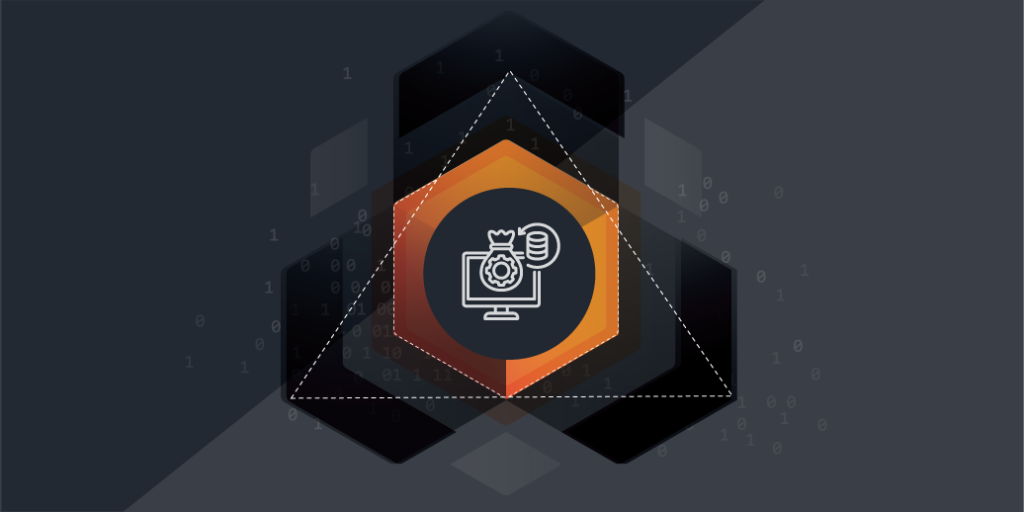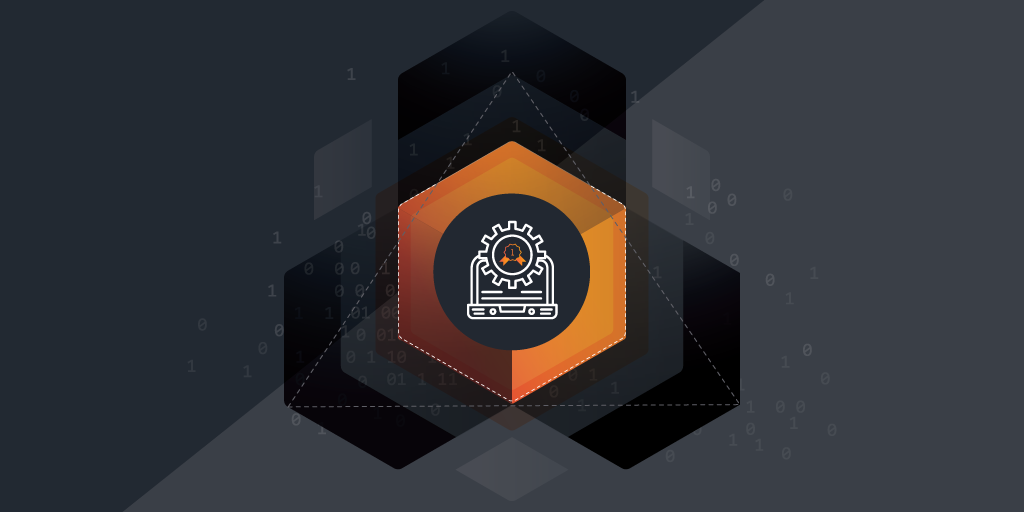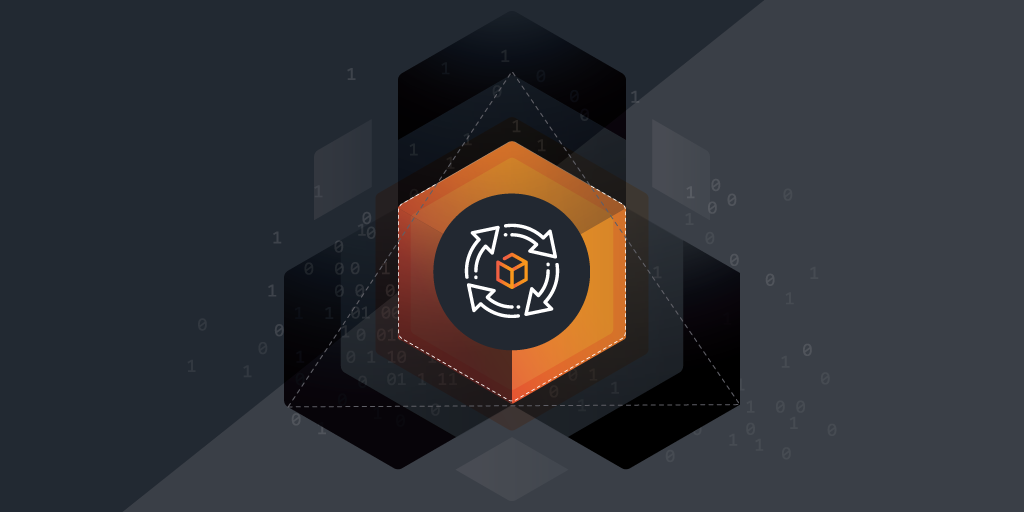
Software vendors often use intricate licensing models—think per-user, per-device, subscription-based, or consumption-based—each with specific terms and conditions. On top of that, vendors like Microsoft, Oracle, and Adobe routinely conduct license audits. Preparing for these audits is time-intensive and stressful, requiring detailed inventory, usage data, and proof of compliance that often isn’t readily available. To help you navigate these challenges with confidence, we’ve prepared a guide to simplify software license compliance and protect you from unnecessary risks.
The Hidden Headaches of License Compliance for CIOs
For CIOs, license compliance often feels like walking a tightrope. Software vendors often conduct audits without warning. Preparing for these audits is time-consuming and often stressful. You’ll require a detailed inventory of your software, usage data, and proof of compliance, and it’s not always readily available. Keeping track of all that is no easy feat, but with the right systems and strategies, you can turn compliance into a manageable task. Here’s a closer look at the challenges you’re likely facing:
Dynamic IT Environments
The modern IT ecosystem is dynamic and ever-changing. As you embrace cloud technologies, hybrid work models, and BYOD policies, software is accessed in ways you couldn’t have imagined a decade ago. With so many employees using various devices, the question of what’s in use and who’s using it can leave gaps in your compliance. Those gaps expose your business to potential risks like vendor fines and security vulnerabilities.
Untracked Shadow IT
You’ve likely encountered shadow IT—unauthorized software installations sneaking past you. When users bypass your SAM policies, it increases the risk of non-compliance and security holes. Whether it’s an employee installing software without informing you or a department going rogue with new tools, shadow IT can disrupt both your compliance efforts and your IT security.
Resource Constraints
Even if you have a well-documented policy in place, managing software licenses can take a toll on your team. The reality is your IT staff is likely stretched thin. Between managing day-to-day IT operations and addressing resource shortages or manual processes, keeping track of licenses can often slip through the cracks. When the pressure to meet licensing requirements becomes overwhelming, it’s crucial to have the right tools in place to reduce the workload.
Audits as Disruptions
Vendor audits are unavoidable, but that doesn’t mean they have to derail your operations. When vendors like Microsoft or Adobe come knocking, you’re expected to provide detailed inventory, usage stats, and compliance evidence. Collecting this data can distract from your strategic initiatives. That’s why it’s essential to stay ahead of audits by building a compliance system that gives you access to this information at the click of a button.
Inefficient License Utilization
You might also find yourself over-purchasing licenses to avoid the risk of non-compliance, or you could be stuck with underutilized software that’s draining your budget. These inefficiencies prevent you from balancing compliance with your need for cost-saving initiatives. With the right tools, you can optimize your licensing purchases and avoid unnecessary spending.
Vendor Complexity
Just when you get familiar with one licensing agreement, vendors like Microsoft, Oracle, and Adobe update their terms or introduce new products. The ever-changing nature of these contracts makes it tough to stay on top of your responsibilities, especially when the terms seem to shift without notice.
Interdepartmental Challenges
License compliance isn’t just your job; it’s a company-wide effort. Software purchases and installations can often happen without the IT department’s knowledge, leading to miscommunication and inconsistencies in compliance. Getting all departments on the same page is key to managing licenses effectively across the organization.
Building a Strong Foundation for License Compliance
Ready to turn these challenges into opportunities? It’s time to dive into actionable solutions to help you stay on top of software license compliance and avoid unnecessary risks.
Centralized Inventory Management: The Starting Point
The foundation of software license compliance is having a clear and up-to-date inventory. Without it, compliance management becomes like navigating a maze without a map. You need to know what software your organization is using, who’s using it, and how it’s licensed.
Centralizing your software inventory isn’t as complicated as it sounds. By deploying a license management tool, you can identify and track software installations across your IT environment. These tools give you real-time insights into your software, ensuring that you can quickly spot unapproved installations and prevent compliance gaps before they occur.
Understanding Licensing Agreements
Software licensing agreements come in many shapes and sizes. Some vendors use per-user licenses, while others rely on per-device or subscription-based models. As a CIO, it’s crucial to understand these agreements inside and out. Not understanding them can leave your organization vulnerable to fines, overuse penalties, and security vulnerabilities.
Take the time to break down the most critical licensing agreements. What’s the usage limit? Are there overage penalties? Understanding these terms will ensure your IT team is aligned with software use within the boundaries defined by the vendors. If in doubt, don’t hesitate to reach out to the vendor directly for clarification. This small effort can save you significant headaches down the line.
SAM Tools: Your Compliance Powerhouse
You can’t do it all manually, and you shouldn’t have to. Modern license tracking software offers automation and precision, making it easier to stay on top of compliance. Look for software asset management (SAM) tools that include key features such as:
- Automated software discovery across your network
- Real-time usage analytics to avoid under- or over-licensing
- Integration with IT systems like CMDB (Configuration Management Database) or ITSM (IT Service Management)
With the right license management tool, you can take the guesswork out of tracking and reduce human error. You’ll be able to create a compliance-friendly environment that integrates seamlessly with your existing systems.
Integration with IT Systems: A Unified View
Your license compliance strategy needs to integrate with your broader IT ecosystem. When SAM tools connect with your CMDB, ITSM platforms, and other key IT systems, you get a holistic view of your assets, making it easier to manage vendor audits, software renewals, and compliance tracking.
Proactive Approaches to Minimize Risk
Audit-Ready Practices
You can’t avoid vendor audits, but you can prepare for them. By consistently staying on top of things, you can handle audits without unnecessary stress. Start by conducting regular internal compliance checks and document everything: licenses, agreements, usage reports, and any other relevant data. Keeping this information in one place ensures that you’re ready when the auditors come knocking.
Think of it as preparing for a pop quiz—regular internal checks ensure that you’re not scrambling for information during an audit, making the process far smoother.
Tackling Shadow IT
Shadow IT, or unauthorized software installations, can be a compliance nightmare. To minimize these risks, use your license tracking software to identify unauthorized software in your environment. Once discovered, collaborate with your fellow department heads to address any gaps in communication. Educate staff on the risks of bypassing IT policies, and implement a system for employees to request new software in a transparent, controlled way.
Optimize Your Budget
License compliance doesn’t just help you avoid penalties; it can also optimize your software budget. Use your software usage data to identify underutilized software. Rather than continuing to pay for licenses that go unused, reallocate or renegotiate them to ensure that your purchasing decisions align with actual needs, not guesswork.
Collaboration Across Departments: A Company-Wide Effort
Compliance isn’t just an IT issue—it’s a company-wide effort. Miscommunication or siloed decisions can derail your best efforts, so start by breaking down barriers. When business teams understand the importance of software compliance, they’re more likely to follow the right processes. Ensure all departments know how compliance ties into broader company goals.
The goal is to make compliance a natural part of your organizational culture. Offer training sessions to demystify licensing policies. Recognize and reward teams that adhere to compliance best practices. The more your teams understand the value of compliance, the more likely they’ll be to follow protocols.
Finally, you can’t improve what you don’t measure. It’s essential to track your license compliance metrics regularly. Focus on key indicators such as compliance rate, audit success rate, and the amount of money saved through optimized licensing. By tracking these numbers, you’ll have a clearer view of what’s working and where you need to adjust.
The Future of License Compliance
The world of software license compliance is evolving, and so are the tools available to help you stay on top. AI-powered license tracking software is becoming more sophisticated, offering features like predictive analytics to forecast software usage and spot potential compliance issues before they become problems. At the same time, licensing models are growing more dynamic, with vendors offering more flexible terms.
Stay ahead by keeping an eye on these trends and investing in tools that grow with your organization. Software license compliance is not a one-time task; it’s an ongoing process that requires continuous adaptation.
Start Building Your Software Inventory With Lansweeper
Ready to take control of your license compliance? Lansweeper’s asset discovery solution gives you real-time visibility across your entire IT environment, ensuring accurate software inventory management and precise license tracking. Lansweeper also integrates seamlessly with your existing SAM tools. With automated scans and powerful insights, Lansweeper helps you make smarter decisions, reduce risks, and focus on innovation.
Don’t just manage licenses—empower your team. Request your free demo now and discover how Lansweeper can streamline your compliance management!
See Lansweeper in Action – Watch Our Demo Video
Sit back and dive into the Lansweeper interface & core capabilities to learn how Lansweeper can help your team thrive.
WATCH DEMO

